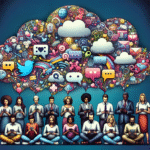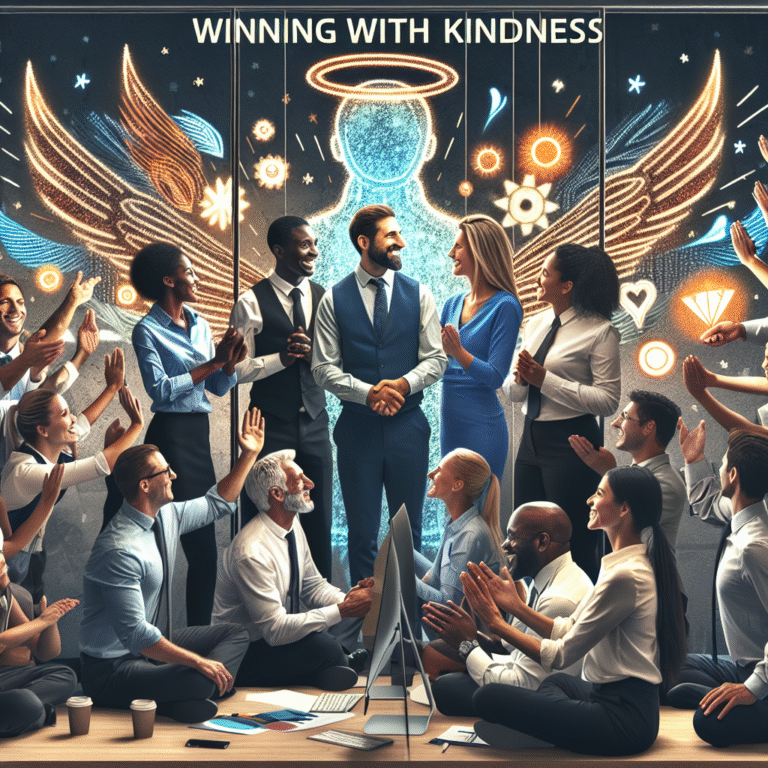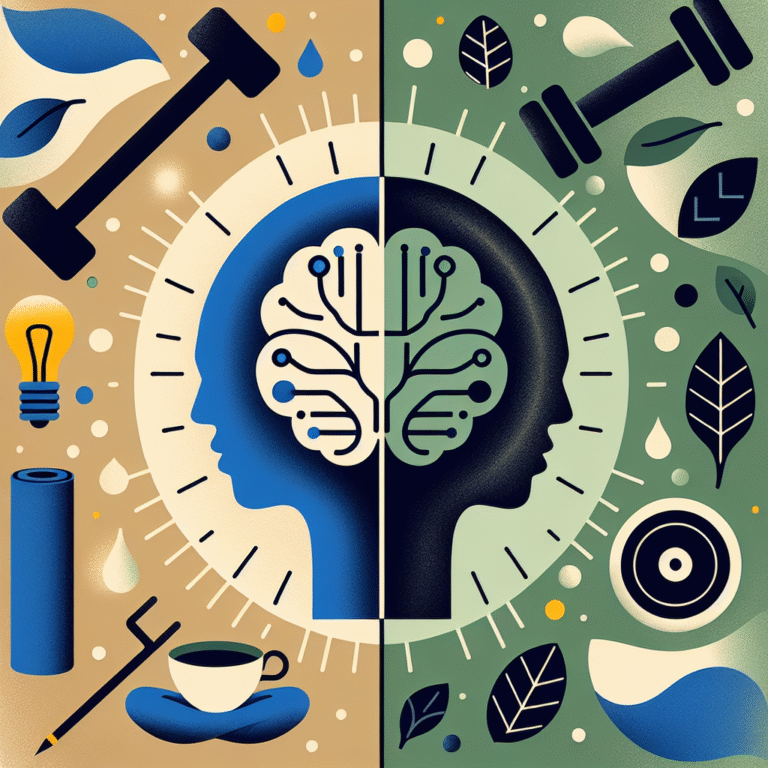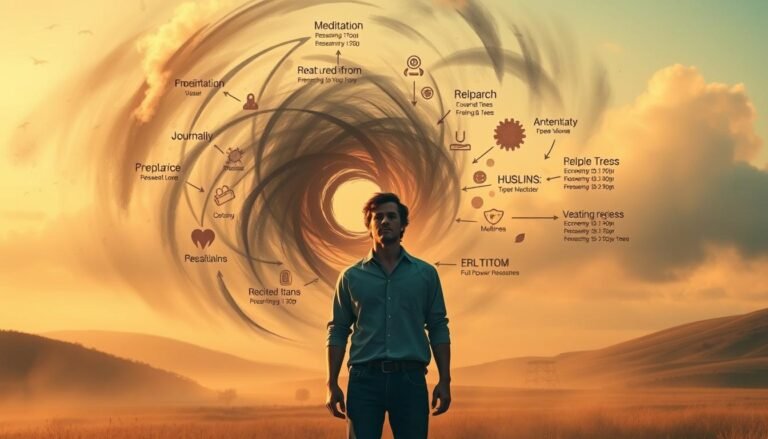
Introduction
In a world that thrives on social interaction, the ability to truly understand each other goes beyond mere conversation; it intertwines the fields of psychology, neuroscience, and sociology. Understanding each other is vital not only for personal relationships but also for teamwork, conflict resolution, and overall societal cohesion. This article delves into the nuances of Understanding Each Other: The Science Behind Social Cognition, shedding light on how we perceive, interpret, and respond to the thoughts and emotions of those around us.
Consider this: most of us have faced moments where misunderstandings led to conflict, or fully grasping what someone is feeling allowed for connection. The mechanisms behind these instances are rooted deeply in what scientists term "social cognition." This concept helps illuminate the pathways through which we learn about ourselves and others. Let’s embark on this enlightening journey to unpack the science behind understanding one another.
What is Social Cognition?
Social cognition refers to the processes by which we gather, analyze, and interpret information about others in social contexts. It encompasses several elements, including perception, memory, and inference. The intricate dance of social cognition helps us to navigate the social world effectively, enabling us to empathize, predict behavior, and respond accordingly.
Key Components of Social Cognition
Perception: The initial step in social cognition involves perceiving social cues—like body language, tone of voice, and facial expressions.
Attribution: Once we have perceived these cues, we make attributions about others’ behaviors. Are they acting angry because they are upset, or is something else at play?
Empathy: This component allows us to put ourselves in someone else’s shoes, understanding their emotions and perspectives.
- Memory: Our past experiences and memories significantly influence how we process current social interactions.
By understanding each of these components, we can better grasp the science behind how we navigate relationships and interactions.
The Role of Empathy in Social Cognition
Understanding Each Other Through Empathy
Empathy is often considered the cornerstone of social cognition. It is the ability to understand and share the feelings of another person. Neuroscience research has identified specific brain regions involved in empathy, such as the anterior insula and the anterior cingulate cortex.
Case Study: The Empathy Experiment
A notable experiment conducted at the University of Southern California involved observing brain activity in participants while they viewed images of people in distress. The researchers found that those who reported higher levels of empathy activated specific regions in their brains associated with emotional processing. This illustrates how empathy enhances our ability to understand one another’s feelings—supporting the idea that understanding each other is crucial for healthy interpersonal relationships.
Real-World Applications of Empathy
In various fields—such as healthcare, education, and customer service—empathy has been shown to improve outcomes significantly. For example, in healthcare, empathetic doctors are often associated with higher patient satisfaction and better adherence to treatment plans. This correlation demonstrates the direct link between understanding each other via empathy and effective communication.
Social Cues: Nonverbal Communication and Its Importance
The Power of Nonverbal Signals
Human beings communicate significantly through nonverbal cues. Research suggests that up to 93% of communication can occur through nonverbal means. Body language, facial expressions, and gestures convey messages that often provide more context than words alone.
Table: Forms of Nonverbal Communication
| Type | Description | Example |
|---|---|---|
| Facial Expressions | Emotional responses displayed | Smiling, frowning |
| Gestures | Movements that convey messages | Nodding, waving |
| Posture | Body stance and positioning | Open vs. closed body language |
| Eye contact | Engagement and attention | Staring vs. looking away |
Case Study: The Importance of Nonverbal Signals in Negotiation
In a study examining business negotiations, researchers found that negotiators who used positive nonverbal signals—like nodding and maintaining eye contact—achieved more favorable outcomes. This finding underscores that understanding each other requires attention not just to what is said, but also to how it is communicated.
The Role of Mental Models in Social Understanding
Constructing Mental Models
Mental models refer to the internal representations that we create to understand the world around us. These models shape our perceptions, predictions, and reactions in social situations.
Case Study: Mental Models in Conflict Resolution
A study of conflict resolution in mediation highlighted that individuals who possess accurate mental models of the opposing party’s perspective tend to find more amicable solutions. This finding reinforces the concept that to understand each other—especially in tense situations—mental modeling plays a pivotal role.
Enhancing Mental Models Through Interaction
Active listening and open dialogue are crucial for refining our mental models. When we engage in meaningful conversations, we can adjust our mental frameworks based on new information. This adjustment allows for a more authentic understanding of others, enhancing our social cognition expertise.
Cognitive Biases and Social Understanding
Understanding Cognitive Biases
Cognitive biases can cloud our judgment and affect how we perceive others. Confirmation bias, for instance, causes us to favor information that confirms our pre-existing beliefs.
Case Study: The Halo Effect
Research on the halo effect shows that individuals tend to elevate their perceptions of a person based on a singular positive trait, such as attractiveness. This bias can lead to skewed interpretations of behavior and ultimately obstruct understanding between individuals.
Mitigating Bias to Foster Understanding
Awareness of cognitive biases is the first step in mitigating their effects. Engaging in self-reflection and seeking diverse perspectives can help counteract bias, improving our ability to understand each other more accurately.
The Impact of Technology on Social Cognition
Digital Communication
As digital communication becomes increasingly prevalent, understanding each other may become more complex. Texting and social media often lack the nonverbal cues inherent in face-to-face interactions, leading to potential misunderstandings.
Case Study: Emojis and Digital Communication
Research indicates that the use of emojis in digital communication can elevate the sender’s emotional tone and provide cues similar to nonverbal communication. This illustrates how technology can adapt to preserve elements of social cognition, aiding in the understanding between individuals, even when face-to-face interaction isn’t possible.
Benefits and Challenges of Technology
While technology can enhance communication, it can also lead to desensitization and disconnection if over-relied upon. Striking a balance between digital and face-to-face interactions is necessary for fostering deep connections and understanding one another.
Strengthening Social Cognition Skills
Actionable Insights
Practice Active Listening: Truly listen without interruption. Reflect back what you hear to ensure understanding.
Engage in Diverse Social Encounters: Meet people from different backgrounds to broaden your perspectives and mental models.
Mindfulness and Self-Awareness: Cultivate mindfulness to become more aware of your biases and how they impact your perceptions of others.
Adapt Communication Styles: Tailor your communication style to suit your audience, facilitating greater understanding.
- Utilize Technology Wisely: Be conscious of the limitations of digital communication and strive for balance with face-to-face interactions.
Conclusion
Understanding each other goes beyond simply sharing words; it’s about fostering a genuine connection grounded in empathy, nonverbal cues, and awareness of cognitive biases. By harnessing the insights from Understanding Each Other: The Science Behind Social Cognition, we can enhance our social interactions and improve our relationships on both personal and professional levels.
As we journey through an interconnected world, let the principles of social cognition guide our interactions, leading to deeper understanding and harmony in our communities. Embrace the power of empathy, and you’ll discover that the key to understanding each other resides within your own willingness to connect.
FAQs
What is social cognition?
- Social cognition is the process by which we perceive, interpret, and understand information about others in social contexts.
How does empathy contribute to social cognition?
- Empathy allows us to understand and share the feelings of others, enhancing our ability to connect and communicate effectively.
Can cognitive biases affect my ability to understand others?
- Yes, cognitive biases can skew our perceptions and interpretations, which may hinder genuine understanding between individuals.
How can technology impact social understanding?
- Technology can enhance communication but may also create misunderstandings due to the lack of nonverbal cues.
- What are some practical ways to improve my social cognition skills?
- Practice active listening, engage in diverse social encounters, cultivate mindfulness, adapt your communication style, and use technology wisely.
By grasping the principles of social cognition, you will not only elevate your interactions but also enrich your understanding of the diverse world we share. Embrace this knowledge, and watch as your relationships deepen and flourish.
















